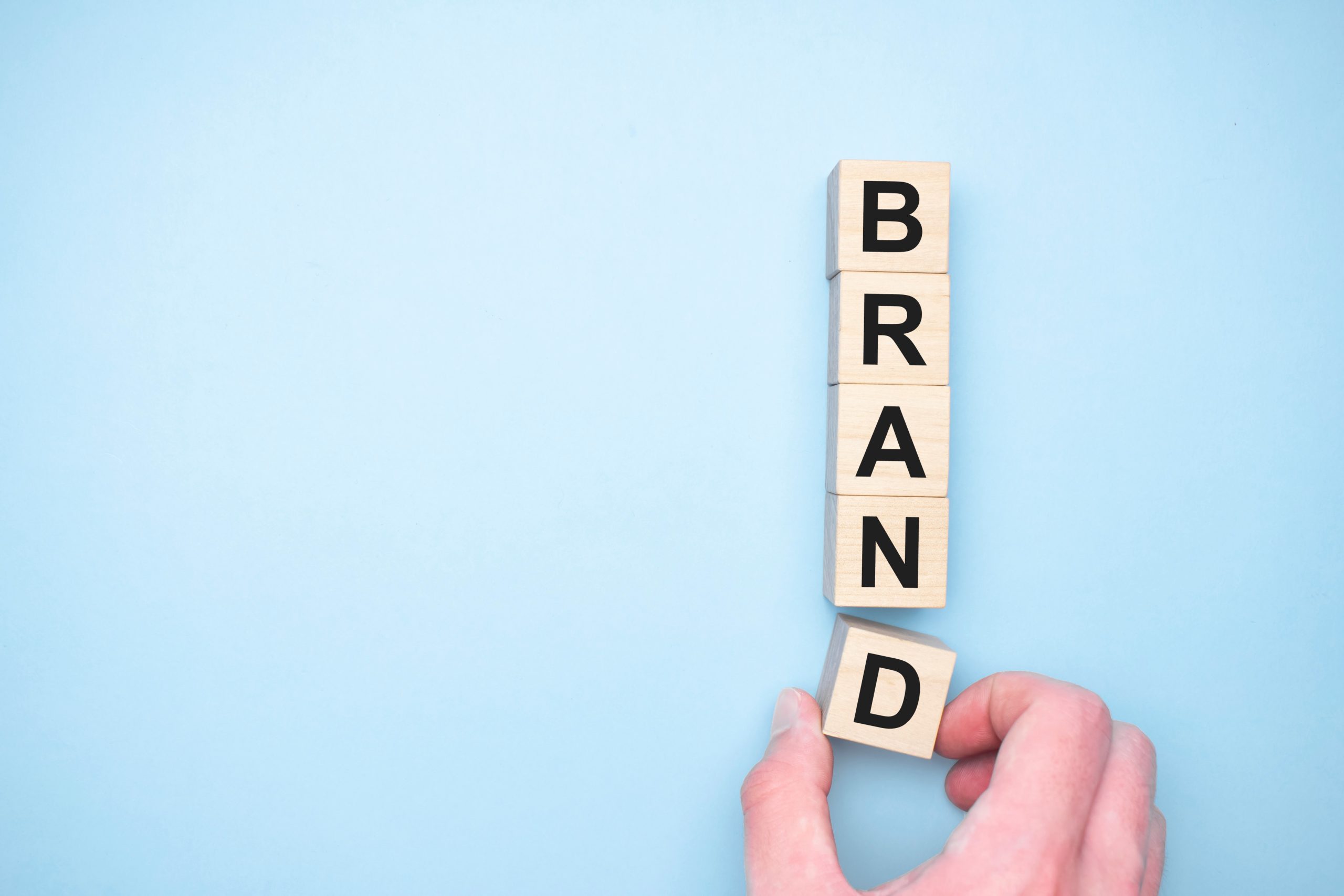If you have ever wondered why some startups fizzle out even before customers remember their name, the real problem isn’t always funding, competition, or product quality; it’s poor building. Yes, that silent, often underestimated factor that can make or break a company’s future is brand building. Many startups jump into the market believing that a logo, a tagline, and a website define a brand, but in reality, brand building is much deeper, and neglecting it can quietly sabotage everything you are working so hard for. So, if you are still wondering why you need to work with brand building companies, let’s dive deeper into why this happens, and most importantly, how you can avoid these common (but deadly) mistakes.

Mistake #1: Treating Branding as a One-Time Task
Most founders think branding is something that they set and forget. But, here’s the truth: your brand is a living organism, and it evolves with your audience, your product, your competition, and sometimes even with cultural shifts.
A brand isn’t just what you say, it’s what your audience feels.
How to avoid this:
You can build your brand as a continuous exercise. Keep refining your messaging, visuals, tone, customer journey, and value proposition. Gather customer feedback regularly, and adjust your strategy as needed, if you don’t want to be left behind.
Mistake #2: Lack of Clarity in Brand Messaging
Many startups struggle not because their product is bad, but because their messaging is confusing. If your audience needs to read your website twice to understand what you do, you have already lost them.
In fact, 70% of customers say that product content is the key in helping them make a decision. Thus, if your brand content is easy to understand, it means you have already won the race halfway.
How to avoid this:
Follow a simple formula: Who are you + What do you do + Why it matters = Your core message.
Keep your tone consistent across your website, social media, sales decks, and emails.
Mistake #3: Inconsistent Visual Identity
Have you ever visited a brand’s Instagram and then their website, just to feel like they are two different companies? If that’s the case with your brand too, that’s a sure sign of visual inconsistency, and customers pick up on this instantly.
How to avoid this:
Create a brand identity guide, which includes:
- Logo usage
- Brand colors
- Fonts
- Imagery style
- Voice and tone
- Social media guidelines
Once these are created, ensure that even team member and agency you work with, sticks to it.
Mistake #4: Ignoring Customer Experience
Branding doesn’t end at your logo or marketing campaign because every interaction ranging from a customer’s first click on your ad to the moment they receive your product, adds or subtracts from your brand image.
Here’s a quick comparison:
| Brand Element | What Startups Think It Is | What Customers Actually Experience |
| Logo | Identity | Just the face of the brand |
| Website | Digital presence | First impression and trust test |
| Social Media | Posting platform | Personality and connection |
| Customer Service | Support | Brand reliability |
| Product | Core offering | Proof of brand promise |
This is why even one bad experience can outweigh 10 marketing posts.
How to avoid this:
Audit your customer journey end-to-end, fix friction points, and train your team on brand values because that makes every touchpoint intentional.
Mistake #5: Not Knowing the Target Audience
Aiming to attract everyone usually results in attracting no one. Several startups try to be “universal,” but what they really become is forgettable.
How to avoid this:
Create clear customer personas, understand their pain points, motivations, lifestyle, and preferences, and build your brand voice around what this audience cares about, not what you personally like.
Mistake #6: Overspending or Underspending on Branding
Some startups blow their budget on an overly elaborate branding exercise before product–market fit. Others barely spend anything and rely on DIY branding that doesn’t hold up. Both are equally dangerous.
How to avoid this:
Branding should scale with the stage of your startup, and to ensure that, here are some stages that you need to take care of:
- Early stage: Lightweight branding, clear messaging, and a simple website.
- Growth stage: Solid brand identity, consistent content, storytelling.
- Scale stage: Brand campaigns, PR influencers, paid branding initiatives.
We would suggest that you invest wisely, not excessively, nor cheaply.
Mistake #7: No Emotional Connection
People don’t buy products. They buy stories, feelings, and identities, which is why big brands like Nike, Apple, Ikea, and Airbnb are still big names in their respective industry verticals.
How to avoid this:
Tell stories, show your mission, highlight your values, and let customers in on your journey. Build a community, not just a customer base.
Conclusion
Brand building isn’t reserved for big companies with big budgets. It is essential for startups that want to survive long enough to become big brands someday. Your brand is your startup’s personality, promise, and perception, and when you nail branding, it becomes your biggest competitive advantage.
Looking for branding firms that help your business stand out in the noisy world of startups? Contact our team today at Vowels!

I'm a business strategist and brand consultant who helps brand solve their business problems through developing competent experiences driven by insights from diagnosing leadership mindset. Need help with your brand? — Get in touch
Ready To Grow?
Reach Out To Us
-

-

- 310+
- Join more than 310 successful clients! 😮



